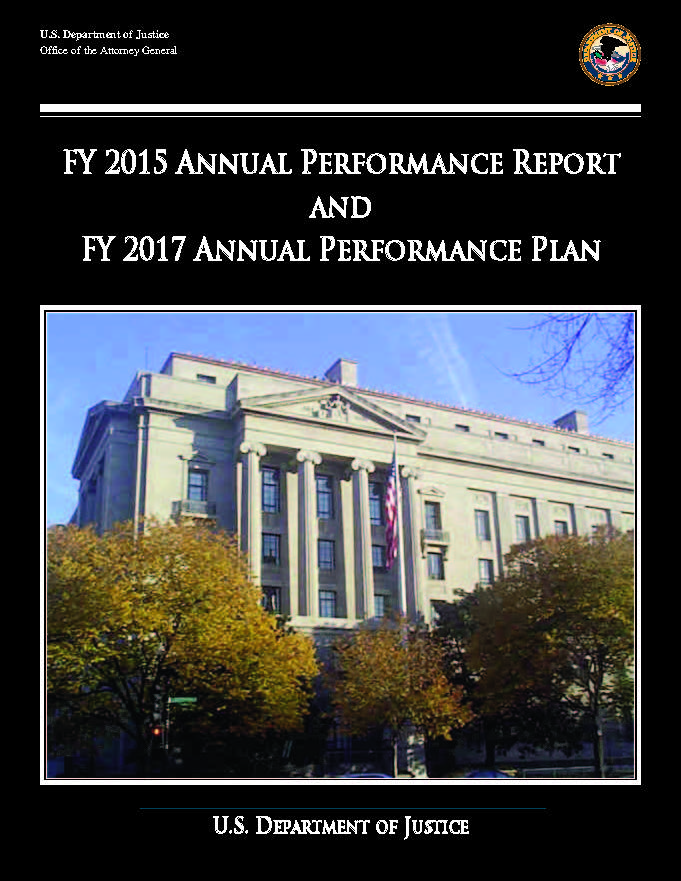- Home
- Agencies
- Department of Agriculture
- Department of Housing and Urban Development
- General Services Administration
- Department of Commerce
- Department of the Interior
- National Aeronautics and Space Administration
- Department of Defense
- Department of Justice
- National Science Foundation
- Department of Education
- Department of Labor
- Office of Personnel Management
- Department of Energy
- Department of State
- Small Business Administration
- Environmental Protection Agency
- Department of Transportation
- Social Security Administration
- Department of Health and Human Services
- Department of the Treasury
- U.S. Agency for International Development
- Department of Homeland Security
- Department of Veterans Affairs
- Goals
- Initiatives
- Programs
Primary tabs
Key to Changes
This text is Revised text
This word has been added to the text
This text is Last Published text
This word has been removed from the text
Modifed styling with no visual changes
FY 16-17: Agency Priority Goal
National Security
Priority Goal
Goal Overview
Terrorism is the most significant national security threat that the country faces. Accordingly, the Department’s number one priority is, and will continue to be, protecting the security of this Nation’s citizens. The Administration has recognized that terrorism cannot be defeated by military means alone and the Department of Justice is at the forefront of the fight against terrorism. The Department provides a broad spectrum of tools and skills to combat terrorists. Specifically, the Department’s agents, analysts, and prosecutors will continue to use every available resource and appropriate tool to detect, deter, and disrupt terrorist plots, investigate and prosecute terrorists, and aid in developing rule of law programs in post-conflict countries to help prevent terrorism abroad. The Department will aggressively pursue emerging threats around the world and at home, enhance the ability to gather and analyze actionable intelligence, and engage in outreach efforts to all communities in order to prevent terrorism before it occurs.
Strategies
To facilitate its mission of defeating terrorism, the Department will focus its resources on targeting and disrupting terrorist threats and groups, leverage its workforce, as well as develop and utilize the latest technology to counter emerging trends. The Department will inform and educate members of the U.S. Intelligence Community, Law Enforcement, and the public to increase the ability to protect Americans from terrorism and other threats to national security – both at home and abroad. To provide transparency regarding its work in the area of counterterrorism, the Department will disclose a key statistic: the number of terrorism disruptions.
In order to put its agents and analysts in the best position to be able to disrupt and dismantle terrorist threats, the FBI invests in specialized training for its personnel and technology to allow increased data sharing with its partners. The Counterterrorism Division, Continuing Education and Professional Development Unit (CEPDU) manages a robust catalog of courses for counterterrorism (CT) career path special agents as well as analysts and support staff. Mandatory and optional CT training begins at Stage II of an agent’s professional trajectory and continues through Stage IV, which constitutes management/executive level training.
The FBI’s Guardian system is a web-enabled counterterrorism incident management system that supports the FBI's role in defending the United States and its interests abroad from the threat of terrorism by receiving, assessing, disseminating, and retaining threats, suspicious activities, and events with a potential nexus to terrorism. With the classified Guardian systems, external partners are able to directly interface with the FBI to investigate and track incidents not available in an unclassified environment.
Progress Update
Measure: Number of terrorism disruptions
The Department of Justice made significant achievements in its National Security Priority Goal for FY 2016. The Department surpassed its FY 2016 target for its number of terrorism disruption performance measure, and also leveraged current and new technology to effectively share intelligence with the U.S. Intelligence Community (USIC) and Law Enforcement (LE). This effort is quantified by the number of Guardian and eGuardian incidents shared between the FBI, USIC, and LE community partners. The number of terrorism disruptions effected through counterterrorism investigations greatly surpassed its annual target by 130% (460 vs 200). In executing the FBI’s number one priority to protect the U.S. from terrorist attacks, disruptions remain a key statistic that directly speaks to its counterterrorism responsibilities. The FBI is committed to stopping terrorism of any kind at any stage as evidenced by its transformation into a proactive agency. For example, in July 2016, the Department indicted Mahin Khan on Terrorism, Conspiracy to Commit Terrorism, and Conspiracy to Commit Misconduct Involving Weapons after an investigation by the FBI’s Joint Terrorism Task Force. The charges stem from an investigation into Khan’s repeated communication and conspiracy with an individual whom he believed to be a fighter with the Islamic State in Iraq and Syria (ISIS). Also in FY 2016, an Uzbek national, Fazliddin Kurbanov, was sentenced to 25 years in federal prison for conspiring and attempting to provide material support to a designated foreign terrorist organization and possessing an unregistered destructive device. The case was also investigated by the FBI’s Joint Terrorism Task Force.
Milestones:
Complete at least one iteration (minimum of 45 students in 3 classes) of the Counterterrorism and Operations Course (CTIOPS) suite. This is a Collaborative course consisting of the Joint Terrorism Task Force Operations (JTTF OPS), CTIOPS, and Management of CTIOPS course. Each class is comprised of at least 15 state/local and federal task force officers culled from over hundreds of agencies, 15 stage II CT FBI agents and 15 CT field supervisors from across the field.
- CEPDU has completed 5 out of the 7 targeted classes providing a 71.4% CTIOPS suite completion goal at the end of FY16 Quarter 4. CEPDU completed one of its target two iterations of CTIOPS training for the fourth quarter of FY2016. CEPDU’s annual target was to complete a total of eight iterations of CTIOPS courses in FY2016. However, due to budgetary constraints, CEPDU’s target was reduced to six iterations.
Next Steps
• Milestone: Provide counterterrorism training to the FBI’s internal workforce and external partners to increase operational effectiveness in the fight against terrorism.
Quarterly milestones are:
- FY 2017 Q1: Complete at least one iteration of the CTIOPS suite described previously.
- FY 2017 Q2: Complete at least one iteration of the CTIOPS suite described previously.
- FY 2017 Q3: Complete at least one iteration of the CTIOPS suite described previously.
- FY 2017 Q4: Leadership in Counterterrorism will graduate 45 high ranking LE officials from the FBI, local partners and associated FVEY countries.
Expand All
Performance Indicators
Number of terrorism disruptions
Other Indicators
Number of Guardian and eGuardian incidents shared
Contributing Programs & Other Factors
- Federal Bureau of Investigation (DOJ component) – Counterterrorism Division
- Federal Bureau of Investigation – Cyber Division
- National Security Division (DOJ component)
- Criminal Division (DOJ component) – Computer Crime and Intellectual Property Section
- United States Attorneys’ Offices (DOJ component)
- U.S. Intelligence Community and law enforcement community partners
No Data Available










